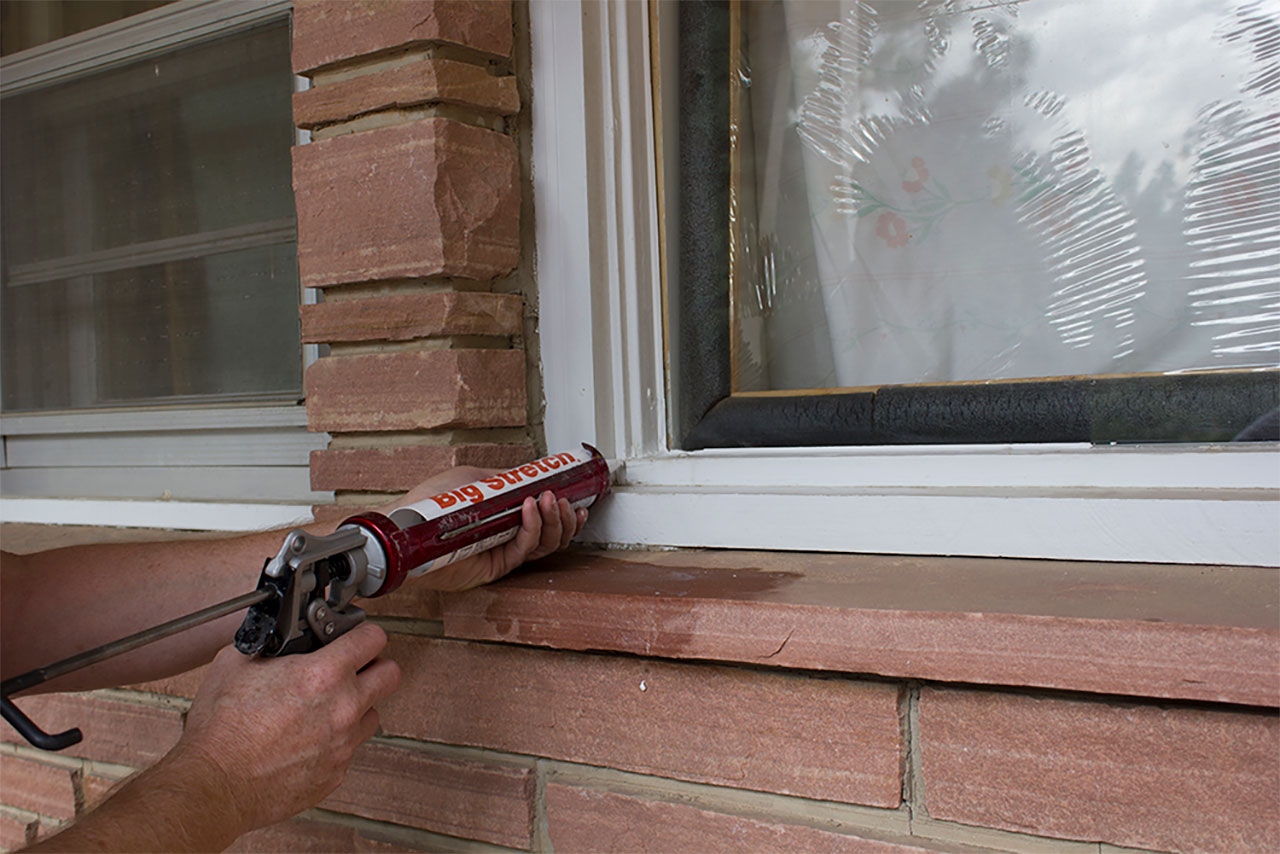
When wet weather approaches the last thing you want is to have windows that are letting water inside. Constant exposure to moisture can cause substantial damage to not only the window frame itself but the area surrounding it, so it’s best to get it repaired or replaced as soon as you notice it. But why do windows leak? Here we will share the most common reasons and how to prevent them from occurring at your home.
Aging Property
Older homes are susceptible to window leaks, and this is generally due to wear and tear caused by prolonged exposure to the elements. The window frames are often made of timber, and they can rot, swell and warp if not maintained correctly and the glazing seals typically crack over time and let drafts and water in.
Water On The Window
Condensation can sometimes look like water on the window, and some may assume that their window is leaking. In most circumstances, this isn’t the case. Condensation is when the humidity in the air makes contact with the cold pane of glass and condensates. If you notice condensation on your windows regularly, over time, it can cause rot and mould to grow around the window and the surrounding area.
Water In Between The Window Panes
If there is moisture trapped between your window panes this may be the result of damaged window pane seal or the drying agent between your panes might be wet. Even if the water isn’t leaking into your home, the insulating gas between the panes of glass has been compromised. This will significantly reduce the effectiveness of your home’s insulation which will result in higher energy bills, so it’s worth getting it fixed.
.tdi_67_725.td-a-rec{text-align:center}.tdi_67_725 .td-element-style{z-index:-1}.tdi_67_725.td-a-rec-img{text-align:left}.tdi_67_725.td-a-rec-img img{margin:0 auto 0 0}@media (max-width:767px){.tdi_67_725.td-a-rec-img{text-align:center}}
Inferior Caulking
Window caulking is a flexible waterproof material that is used to seal gaps and cracks around windows. If it is old and has cracked or if the wrong product is used or not applied correctly, water can seep into the house.
Leaking Walls
If your wall is leaking and you have no idea why it can be extremely stressful. It is important to identify where the water is coming from. The first place to look is around the window to see if the caulking is damaged. If it isn’t, there’s a high possibility it’s coming from behind the wall and not the window.
How To Prevent Window Leaks
Call In The Professionals
The windows in your home play a major role in keeping your home safe and dry. When they are not maintained or installed correctly, they can cause leaks and damage to your home. If you have no window installation or repair experience its best to call in the professionals. This is the easiest way to prevent window leaks at your home. Most reputable glass companies offer warranties on their products and workmanship so if there were any issues you can get it repaired for free. Make sure the glass professional you hire is experienced, qualified and preferably accredited by a reputable association.
Caulk The Window Seals
To prevent leaks, it is a good idea to examine the condition of the caulk around your windows. If it needs replacing you can do it yourself. You will need a caulking gun and window caulk. The caulk must be designed specifically for window application to ensure it works correctly. If you are applying it outside, it must be an exterior caulk to be able to withstand exposure to sun and rain. Firstly remove any existing caulk, you can do this using a steel putty knife. Before applying the caulk, you will need to make sure the window and frame are completely dry; otherwise, you will seal in moisture. Only cut a small amount of the caulk tip-off to begin with, if you cut too much off it will be too thick and produce an unprofessional finish. Place the caulk into the gun, using both hands apply the caulk on an angle. Once you have applied your caulk, using a wet finger or a caulk applicator tool you can smooth the bead. Do a small section at a time and do not smooth the bead of caulk from one end to another, this will make it overflow and build up at one end which will look messy. Caulk should only be used to fill narrow cracks and should not be used to fill large gaps. If you are not confident in your DIY skills or you don’t want to undertake this project yourself, call in a professional glazier to take care of it for you.
Install Weather-Resistant Windows
If you are installing new windows or looking to replace them, weatherproof windows are a good choice.
Use Weather Stripping
Weatherstripping is inexpensive and used to seal moveable parts of the window to reduce heating and cooling costs by preventing drafts and moisture from getting into the home. They come in various colours and materials. Choosing one to suit your window will give you the best result.
Replace Your Leaky Windows
If you have leaky windows at your home and you would like a professional to take a look at it for you, get in touch with our experienced team here at True Blue Glass, we are experts in the field and can offer friendly advice regarding the condition of your windows.

